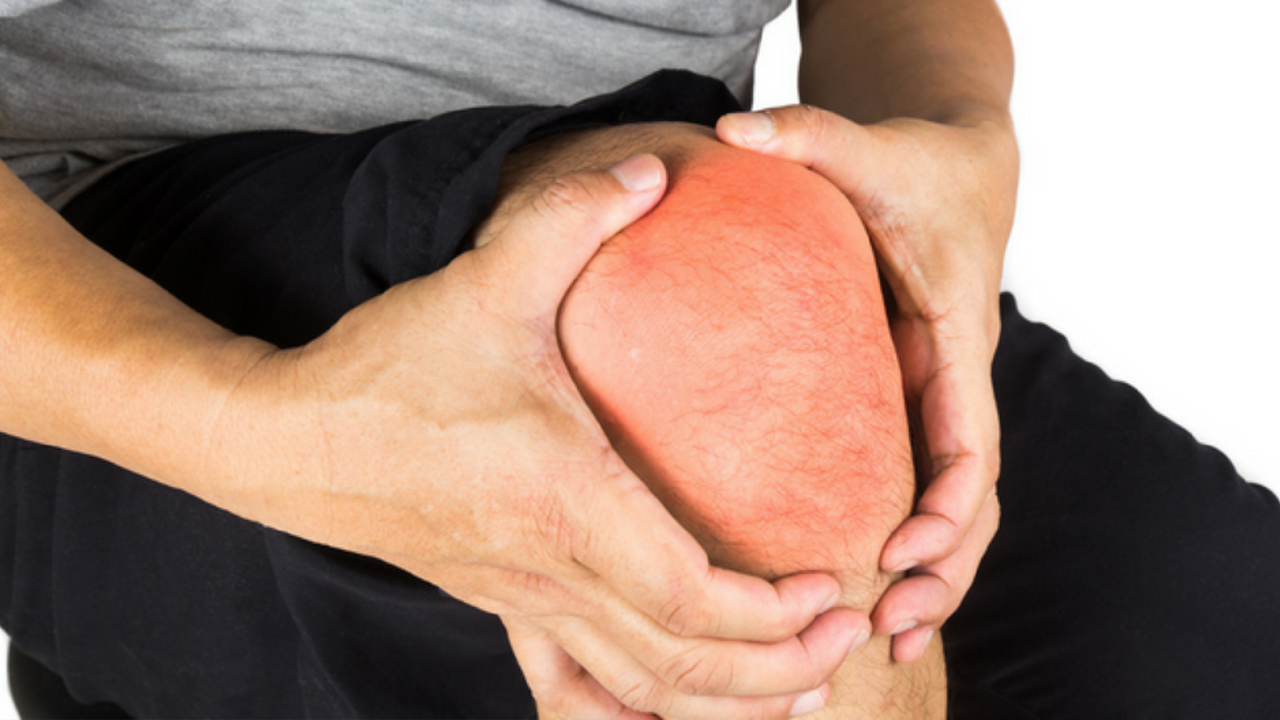
Knee Pain Relief
Mar 11, 2019
Bothered by a stiff and swollen knee? Feeling uncomfortable because you cannot fully straighten your knee? These are only some of the symptoms that may accompany knee pain, which is quite common. Most cases of knee pain can be treated, provided that proper diagnosis of its cause can be determined.
Treatments for knee pain may include massage, taping, knee mobilisation techniques, strengthening exercises, knee replacement or reconstruction, and rehabilitation after surgery. It all depends on the causes of knee pain, something that can be identified by a physiotherapist.

Given the knee’s involvement in daily movements, it is exposed to more risk of injury. Oftentimes, knee pain is caused by musculoskeletal conditions or overuse. It may also be due to other issues, including several types of arthritis, bursitis, tendinitis, meniscal injuries, dislocated kneecap, ligament injuries, iliotibial band syndrome, and fractures. Knee pain may also come with gout, osteoarthritis, Lyme disease, lupus, inflammation, fractures, loose cartilage, or patellofemoral pain syndrome.
Some exercise activities may worsen the pain and cause further damage to your knee. This is why it is important to consult a physiotherapist first before going back to the gym. Your physiotherapist can develop a new exercise routine for you that will minimise the stress on the injured knee and strengthen the tissues surrounding it.

Seeing a physiotherapist may mean getting a new set of exercises designed to relieve your knee pain and improve joint flexibility. Some of these exercises may include the following:
- Step-up
- Calf stretches
- Hamstring stretches
- Single-leg dips
- Seated leg raises
- Straight-leg lifts
- Standing quadriceps stretches
- Half squats
- Wall squats
- Hamstring curls
- Sit/stand
- Knee stabilisation series
- Heel cord stretches
- Static hamstring contractions
- Hip abductions and adductions
- Leg extensions
- Leg presses using a resistance band
Your physiotherapist can show you how to do each exercise without adding stress to your affected knee. Expect to do some strengthening, stretching, and flexibility exercises to resume normal mobility and strengthen the surrounding muscles. A routine may have to be followed for six to 12 weeks, although it is advised that regular exercise must be done to prevent further knee injury and pain.
Aside from stretching and strengthening exercises, your physiotherapist may advise you to try walking, swimming, cycling, and other less demanding activities. These can help relieve tight muscles, preventing injury in the future.

Physiotherapy for knee pain relief may also include joint mobilisation and manipulation. This type of manual therapy can help improve knee movement and its range of motion. In case of intense pain, this can be an effective pain reliever and a solution to inflammation.
If you consult with a skilled physiotherapist, he will conduct a thorough examination and analysis of the affected knee to determine its cause instead of focusing only on relieving the symptomatic pain. If he pinpoints the right cause and address it, there may be a lower risk that your knee pain will return. In most cases, physiotherapy helps and leaves you with lasting benefits without many potential side effects.
If you or a loved one is suffering from knee pain, book an appointment with PhysioCall Gladstone today!
You may also check:
Reasons to see a Physio
Top 4 Benefits of Physiotherapy
Tips To Relieve Back Pain
Simple Tips For Foot Pain
Ways To Get Rid Of Neck Pain
Dry Needling
Acupuncture
Headache Treatment
Strapping Tape
Posture Analysis
Ground Up Therapy
Functional Movements
Shoulder Pain Relief
Don't miss a beat!
New moves, motivation, and classes delivered to your inbox.
We hate SPAM. We will never sell your information, for any reason.

